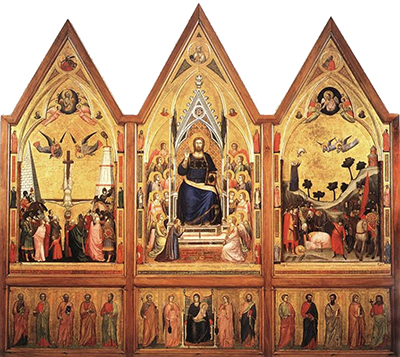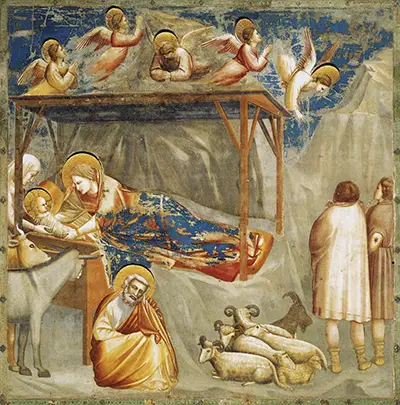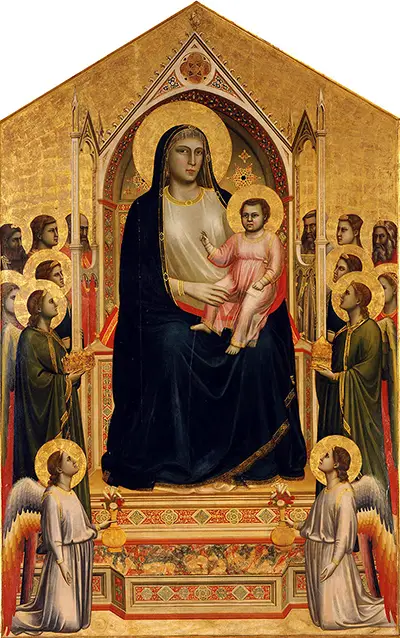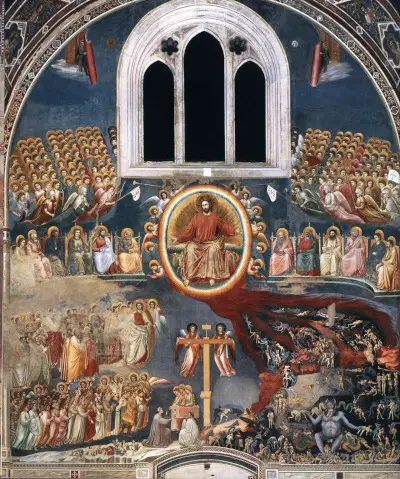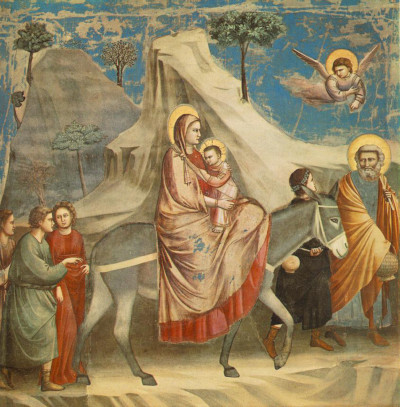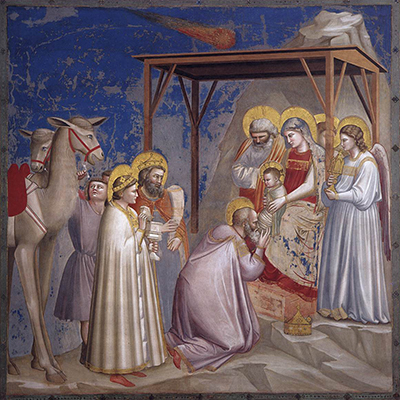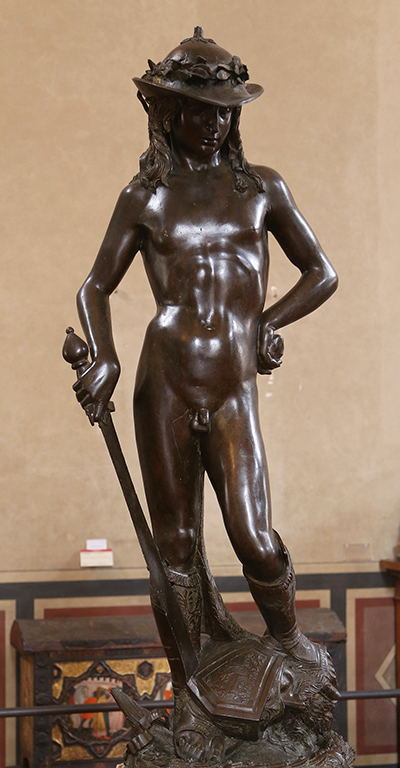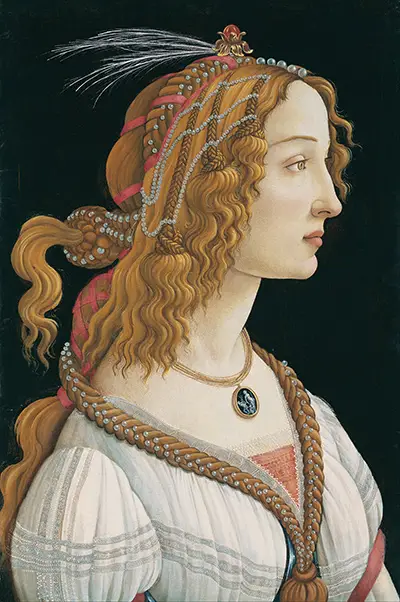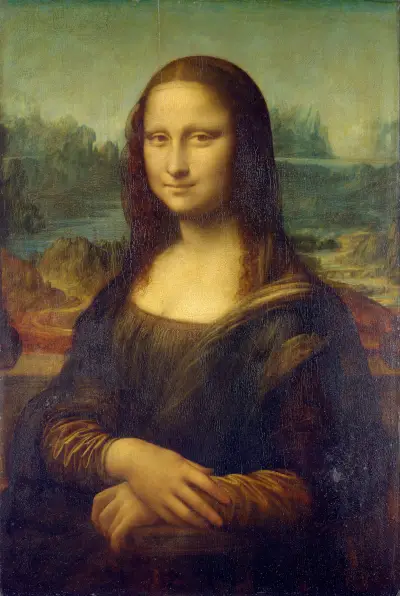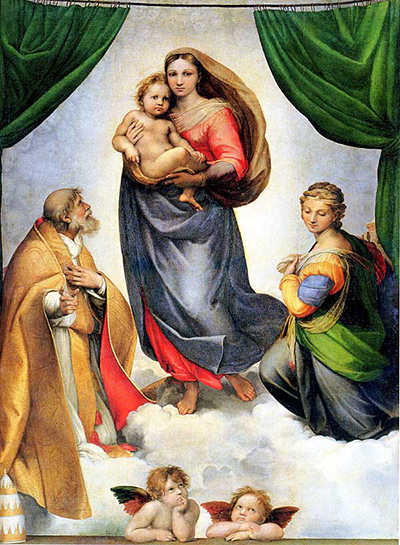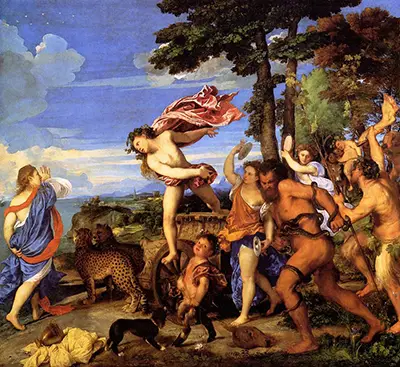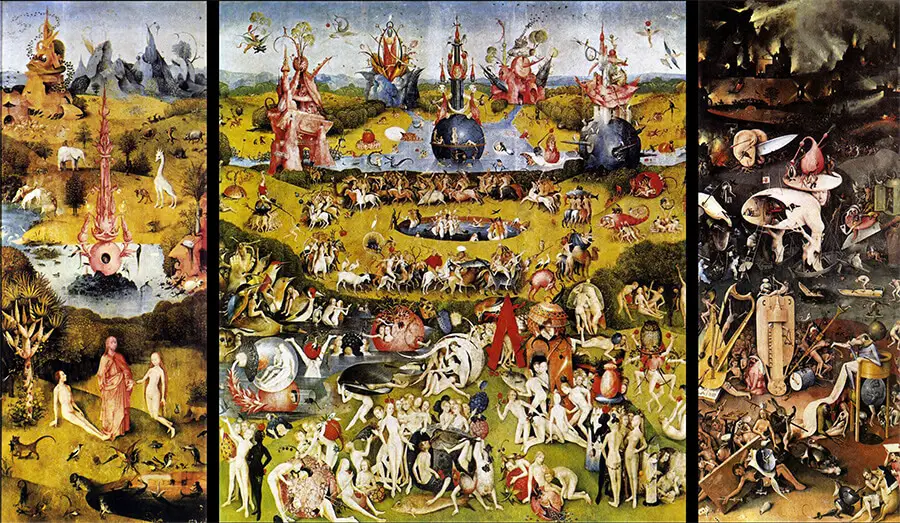The Navicella Mosaic is a famous artwork by Giotto di Bondone made in the year 1298. Cardinal Jacopo Stefaneschi, who was then the leading artistic patron, commissioned the artwork. The Navicella was a large mosaic covering a wall above the entrance arcade of the Old Saint Peter’s Basilica in Rome.
Its location was strategic for viewing by everyone leaving the basilica. Those who used the main route passed under the Navicella mosaic while the rest saw it across the courtyard. Initially, the artwork was on the Santa Maria Tower, which was an important chapel. Unfortunately, the mosaic underwent destruction in the sixteenth and seventeenth century. Constantine's building was brought to the ground before the construction of the new St Peter’s Basilica. However, that was not the end of the road for the mosaic. Giotto’s masterpiece was reconstructed, and a copy of the mosaic is still hanging above the central entrance of the church although it is only a fragment of the original.
Navicella means little ship and the artwork depicts a scene of Peter walking on water according to the gospel of St Mathew. The Navicella was set-up with a backdrop of stormy sea waters with the apostles overcome by waves. The upper right and left of mosaic illustrate the strong winds depicted by the wind gods. The boat sails bellows due to the strong wind. Towards the foreground, you can see Christ unshaken by the storm and remains upright. Giotto depicts the apostles as terrified of the scene unfolding. Peter is slowly sinking and looks to Jesus for support. On the foreground, Giotto included a man fishing, which was claimed by Vasari to be a self-portrait of Giotto. However, the fisherman shows the mission of the apostles to go out and make disciples.
The artwork also had a portrait of Cardinal Jacopo Stefaneschi (an act of gratitude for commissioning the work) and an inscription of the verse from Mathew. The Navicella mosaic has been an icon of faith in the church viewed by the congregation as they leave the church. Navicella was a giant rectangular artwork, which could be seen from a distance. It was measured at 13.5 by 9.5 metres on an uninterrupted surface. People were impressed with the accurate representation of the seascape and the dramatic effect of the looming storm. The brightness of the mosaic induced a reaction from the congregants. Throughout history, the masterpiece was destroyed. The movement led to significant losses, and the demolition of the church had adverse effects on the original Navicella.
At first, the inscription disappeared, and due to weather and the consequent demolitions, only two pieces of the original masterpiece survived. The fragments were two figures of angels. One is found in the Vatican while the other was moved to the St Peters church in Boville Ernica. The pieces were restored in paint and hang inside the church to protect it from the weather.
More Renaissance Artists



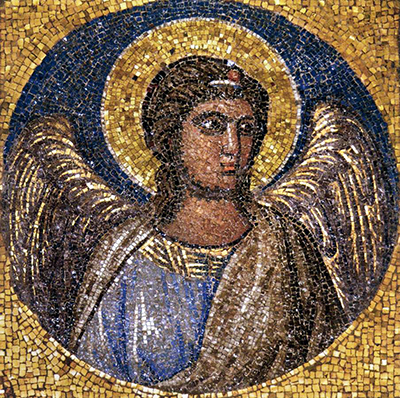
 Giotto.jpg)
 Giotto.jpg)
